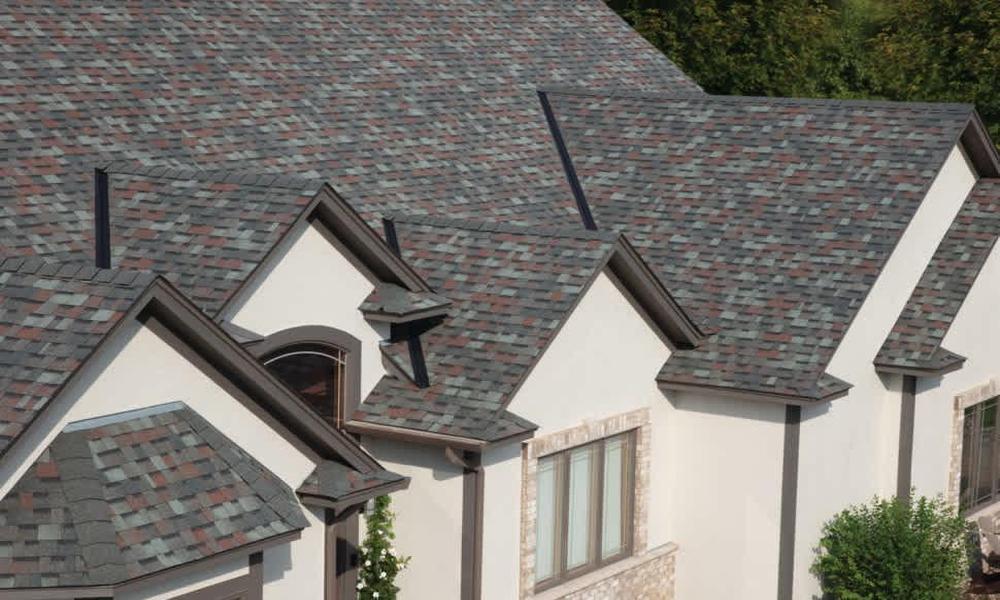
Proper ventilation is essential for any roof as it prevents your home from feeling airless and helps prevent moisture condensation, dampness, and mold issues. Ventilation also plays a role in reducing air pollution and achieving an optimal temperature and air quality in your home.
At its simplest, ventilation involves removing stale air from your home and replacing it with fresh air from outside. A fresh and healthy home is nearly impossible without proper ventilation systems, and every room in your house requires some form of ventilation.
When it comes to roof ventilation, there are various types to consider, but which is the best option? Some are better suited for specific roof types, while others are designed for particular climates.
Flat Vents
Also known as box vents or turtle vents, this ventilation system is simple and static. Flat vents have no moving parts and are installed over cut holes in the roof. Their convex box shape allows moisture to escape while creating an opening for hot air.
They are more effective when installed closer to the roof ridge. While their simple design and ventilation process make them easy and quick to install, they offer basic ventilation, and several vents may be required to achieve adequate airflow.
Power Vents
Power vents are considered a premium version of flat vents. They have a similar design, although power vents are circular and less boxy, and they operate differently.
Power vents feature a large fan that drives hot air and moisture out of the attic. Some models include built-in thermostats, activating the fan when the attic reaches a certain temperature. Power vents come in various variants, including solar-powered versions, but they can be costly and may not be suitable for every home.
Ridge and Off-Ridge Vents
These vents operate in a similar manner, serving as static ventilation systems but differing in shape. Ridge vents are among the most common ventilation systems, running along the roof’s edge. With a rectangular arched shape, ridge vents seamlessly blend with roof tiles, allowing air and moisture to escape through the roof.
Off-ridge vents function similarly to flat vents, positioned over cut sections of the roof. However, their shape resembles ridge vents, being longer and more rectangular. Like flat vents, multiple off-ridge vents may be necessary to achieve desired ventilation levels.
This post was written by Ted Williams! Ted is the owner of A Old Time Roofing which is the premier Clearwater Roofing Contractor! Ted is a Master Elite Weather Stopper GAF Roofing Contractor, a double award winner of Best Steep-Slope Contractor from GAF and achiever of Master Elite Consumer Protection Excellence from GAF. He has been serving the Pinellas County area since 1978. Old Time Roofing has a tradition of quality workmanship, servicing residential and commercial properties.



